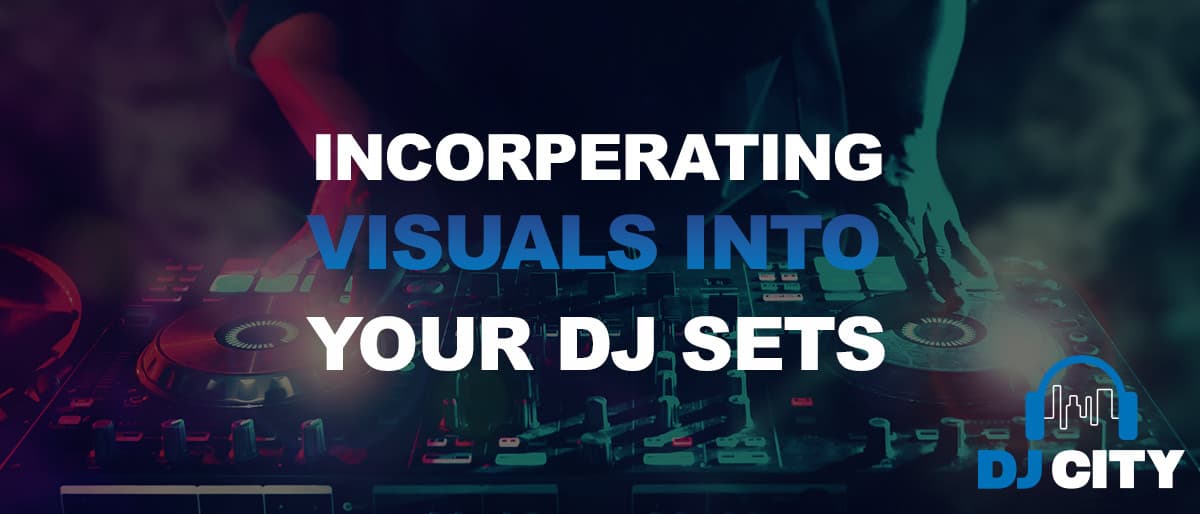
How to Produce Cinematic Beats
Epic cinematic beats has seen a skyrocketing increase in popularity over the last decade or so. Hollywood producers have continually sought to create new cinematic music to ensure a heightened sense of drama, suspense and excitement.
But cinematic music can be used in and beyond movies. So, how do you make it? In this article, we’ll explore the key elements that go into mixing cinematic beats and provide you with the techniques and tops you need to create original, Hollywood-epic style soundtracks.
Cinematic Music 101
Cinematic music can be heard across movies, television shows, streaming platforms, video games and more. The dramatic and epic sounds are iconic and a classic of the genre, and can be used to great effect in conveying emotion, creating an atmosphere of tension, or drumming up excitement.
A variety of different orchestral musical instruments are used in epic music creation including but not limited to:
- Strings
- Brass
- Percussion
- And even electronic instruments as well.
The Goal
The objective of cinematic music is mostly to create a powerful, emotive and memorable soundtrack to enhance and complement the visual content it is accompanying.
The Key Characteristics
![]() Grand, epic beats
Grand, epic beats
Cinematic music is punctuated by grand sounding and epic beats. You want to create a sense of scale and importance and this can be best achieved by using percussive instruments that reverberate as well as and in conjunction with strings and brass.
![]() Dynamic changes
Dynamic changes
Dynamic changes in your music will create a sense of tension and drama, which is exactly the way you’re going for. Depending on what emotions you are trying to convey will depend on how dynamic the changes in your epic music should be.
![]() Distinct melody
Distinct melody
A strong and distinct melody is critical to a cinematic music track. The more memorable the better but at the very least it needs to fit the mood of the scene it is complementing and stir up the intended emotions.
![]() Atmospheric ambience
Atmospheric ambience
Cinematic beats often employ sound design and ambience to achieve the sense of atmosphere desired. Reverb, delay and a variety of other effects can be used in this way to achieve the ambience you want.
 Orchestral arrangements
Orchestral arrangements
Cinematic beats and music is often created through orchestral arrangements to create a sense of dynamism and texture, as well as drama and excitement. Not all arrangements need to be complex, but they should have enough depth to convey the tension required.
![]() Percussion and drums
Percussion and drums
Percussive instruments and drums are particularly useful and impactful in creating a sense of rhythm and drive. The inherently dramatic nature of drums in particular allows you to effectively create a real sense of drama.
How to Make Cinematic Music
1. Start with a strong melodic idea
Any great soundtrack, and in particular epic cinematic music, needs a strong melodic idea.
This is where you should begin. Aim for something both memorable and emotive that reflects the tone of the scene at hand. We recommend beginning by sketching out the basic melody or starting with the chord progression.
Using that as a foundation, you can then add on layers of instrumentation–from strings to brass or percussion–on top.
2. Experiment with Sound Design
The ambience is a critical part of cinematic music as it can help create the right sense of space/atmosphere.
As part of your mix, experiment with different ambience choices and sound design. As you listen to the different effects on the depth and space of the music, you can tinker and tailor it to create the unique sound, interesting texture and granular synthesis that you’re after.
3. Bring in the Percussion
As mentioned before, drums are a staple of cinematic music. The large, rhythmic boom of a drum is powerful and impactful.
At this point of your mix you can begin to create complex rhythms and interesting percussive sounds. Play around with the layers and try everything from timpanis to cymbals.
4. Utilise orchestration
Orchestration and arrangement are highly effective in creating drama and excitement. Dynamics, for example, can be used to create peaks and valleys in the track to match the drama taking place visually.
Hand in hand with interesting textures and harmonies created with various instrument combinations, your epic cinematic music will certainly leave a lasting, positive impression.
5. Continue to Mix and Master
Cinematic music needs to sound polished and professional. That’s why spending time on your mixing and mastering to ensure the levels and frequencies across instruments and layers is balanced is critical.
You may need to employ additional effects, such as reverb or delays, to ensure you can achieve the sense of depth and space you want. The better your mastering work, the more impactful the impact of your cinematic music track will be.
Check out our top products to create beats with:
All the equipment you need is waiting for you at DJ City
Producing cinematic music and beats requires more than just an understanding of the genre and an appreciation of the techniques.
You need the right mixing equipment, software and hardware to enable you to create the sounds you’re after.
If you need a hand with finding the right gear to help you on your journey towards making groundbreaking and ground-shaking epic cinematic music, make sure to turn to the team right here at DJ City!










